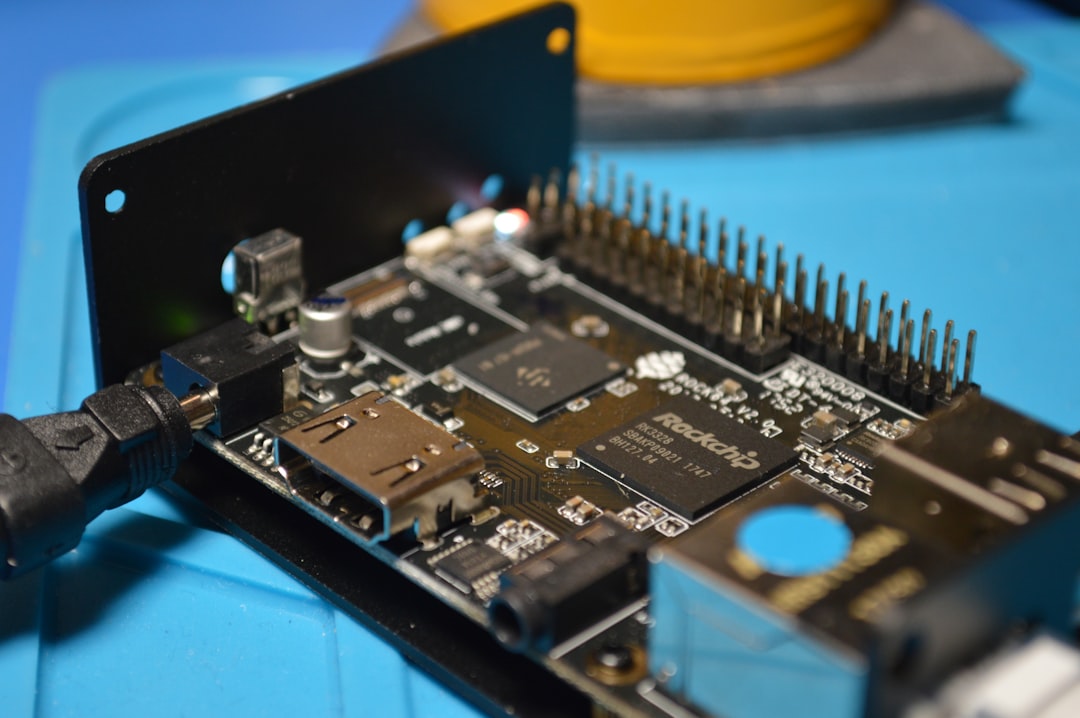What is it about?
The uniformly third-order WENO-BO-Z scheme has been proposed previously in an attempt to restore third-order accuracy at the second-order critical point via the reduction of nonlinear dissipation followed by the modification of nonlinear weights as well as to improve the intermediate bandwidth property of the linear optimal stencil of the classical WENO-JS scheme with respect to both dispersion and dissipation. However, a problem-dependent nonlinear switch was employed to turn on in the intermediate range of wavenumbers to avoid unnecessary nonlinear adaption of the WENO scheme and was mainly dependent on the trial-and-error threshold value of a switch parameter.
Featured Image
Why is it important?
In order to avoid the problem-dependent nature of the switch, a problem-independent nonlinear switch is suggested and investigated in this work. Benchmark problems, ranging from non-broadband to broadband, are solved using the WENO-BO-Z scheme, and a comparison of the suggested switch with the problem-dependent switch is made. The problem-independent switch is more attractive in terms of elimination of the free parameter
Perspectives
The numerical algorithm for compressible flow that involves discontinuity and broadband fluctuations simultaneously is pursued in the perspective of switch in this paper.
Dr. Ovais U Khan
Tuskegee University
Read the Original
This page is a summary of: Problem-independent nonlinear switch for newly designed WENO-BO-Z scheme, International Journal of Computational Fluid Dynamics, February 2019, Taylor & Francis,
DOI: 10.1080/10618562.2019.1601710.
You can read the full text:
Contributors
The following have contributed to this page










